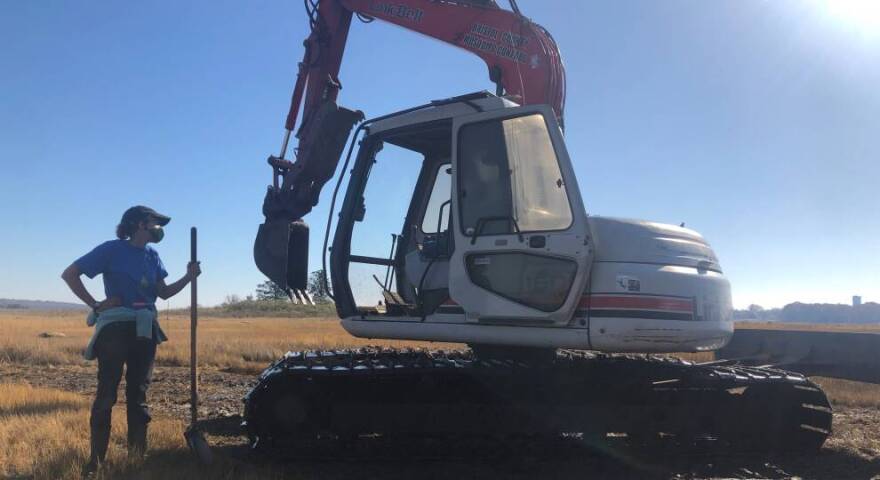Salt marshes from across Buzzards Bay are shrinking, and in some places the loss measures up to 20-percent over an 18-year period, according to a new report.
Scientists studied twelve salt marsh sites on the South Coast and Upper Cape and found that tidal restrictions, nitrogen pollution, and, most influentially, climate-change driven sea level rise are turning areas of marsh that were once vegetated to mud flats or open water.
The problem is that salt marshes are built to tolerate a fluctuating environment of dryness and saltwater inundation, but they have limits.
“They have a threshold at which they can survive,” said Rachel Jakuba, lead author and vice president for bay science at the Buzzards Bay Coalition. “And as we're seeing more saltwater inundating the marshes for a longer amount of time, some of the marshes are not able to keep up.” In other words, the marshes are drowning in place.
For this report, scientists from the Buzzards Bay Coalition, the Woodwell Climate Research Center, Buzzards Bay National Estuary Program, and the U.S. Geological Survey used aerial images of the marshes in Westport, Dartmouth, Fairhaven, Mattapoisett, Marion, Wareham, Bourne and Falmouth, outlining the total area of each marsh in 2001 over time to 2019. The total loss varied, ranging from about 1% to 20% depending on the site.
Now, scientists are urging towns to explore marsh restoration projects, and seeking funding for runneling, thin-layer deposition, and ditch management.
They also want homeowners involved in the solution. Anyone with property adjacent to salt marshes should allow the marshes to migrate inland — unimpeded by seawalls, roads and buildings — in the future. That means making smart development decisions.
“It’s making sure that you're not mowing down to the marsh,” Jakuba said. “It’s protecting sensitive land behind salt marshes — places that are right now forest or fields, protecting those areas so that the marsh can migrate into them over time.”
Without healthy salt marshes, Jakuba warned, the region faces a future without carbon storage, habitat for fish and birds, or protection for coastal properties during storm surge.





